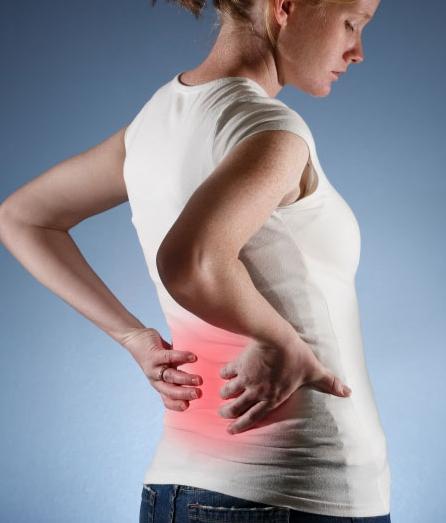 Mild back pain can be a nuisance. It turns everyday tasks into painful challenges. Walking, exercising, working and even sitting in a chair can cause unfathomable levels of discomfort. While seemingly counterintuitive, stretching actually plays a vital role in healing and alleviating back pain. During a period of chronic back pain, exercise is the last thing anyone wants to think about; but spine doctors indicate straightening and extending one’s body to its full length is exactly what the spine needs. It’s common knowledge that regular exercise is an essential component to the body’s overall health, yet many people seem to overlook stretching during their workout routine. But for individuals suffering from chronic back pain, stretching muscles can help alleviate discomfort in the spine, and even help prevent future occurrences of pain.
Mild back pain can be a nuisance. It turns everyday tasks into painful challenges. Walking, exercising, working and even sitting in a chair can cause unfathomable levels of discomfort. While seemingly counterintuitive, stretching actually plays a vital role in healing and alleviating back pain. During a period of chronic back pain, exercise is the last thing anyone wants to think about; but spine doctors indicate straightening and extending one’s body to its full length is exactly what the spine needs. It’s common knowledge that regular exercise is an essential component to the body’s overall health, yet many people seem to overlook stretching during their workout routine. But for individuals suffering from chronic back pain, stretching muscles can help alleviate discomfort in the spine, and even help prevent future occurrences of pain.
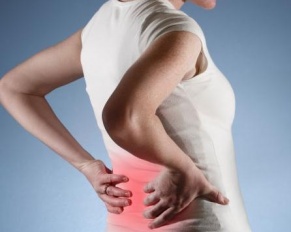



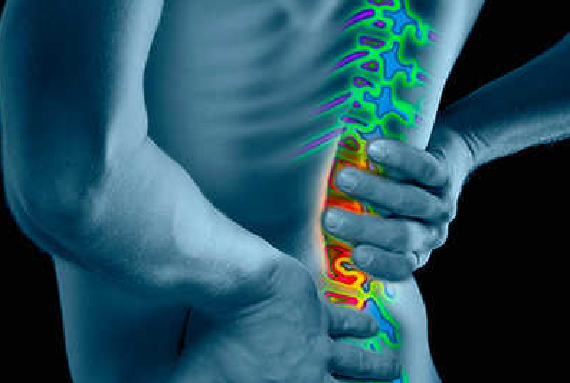
 Office furniture was staid and boring for decades. Except for the big boss in the corner office, everyone else had a metal desk and a small upholstered chair that rolled on four casters on a plastic mat.
Office furniture was staid and boring for decades. Except for the big boss in the corner office, everyone else had a metal desk and a small upholstered chair that rolled on four casters on a plastic mat. Way back in the 10th century, during the Tang Dynasty, a rather barbaric practice of Chinese foot binding of young girls, aged six years or younger, began. The feet of these poor children were wrapped in tight bandages and broken so they couldn’t grow any bigger. Why would such an atrocity be done you may ask? Well, binding the feet to make them appear tiny and delicate was practiced by wealthy families, as only wealthy families could afford to have the women of the house stay at home and not work. When you saw a Chinese woman with very tiny feet, you instantly recognized that as a status symbol representing prestige, beauty and wealth.
Way back in the 10th century, during the Tang Dynasty, a rather barbaric practice of Chinese foot binding of young girls, aged six years or younger, began. The feet of these poor children were wrapped in tight bandages and broken so they couldn’t grow any bigger. Why would such an atrocity be done you may ask? Well, binding the feet to make them appear tiny and delicate was practiced by wealthy families, as only wealthy families could afford to have the women of the house stay at home and not work. When you saw a Chinese woman with very tiny feet, you instantly recognized that as a status symbol representing prestige, beauty and wealth.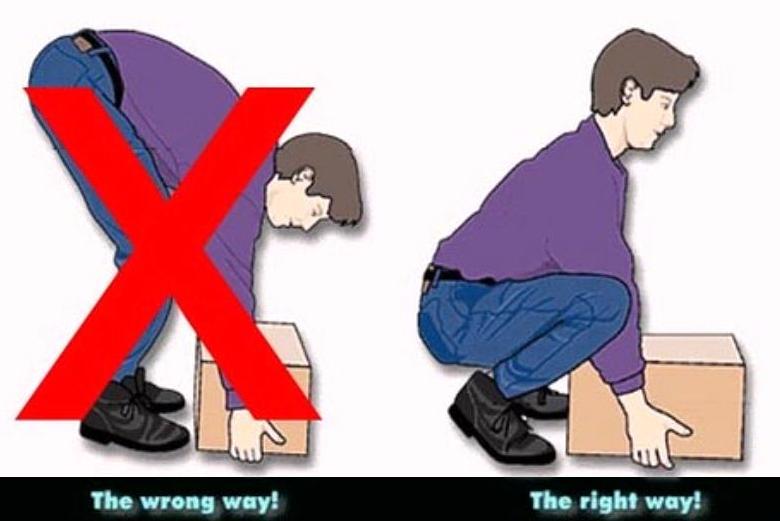 Unless you live in a warm-weather state where you can enjoy (or merely tolerate) doing yard work all year around, once the last of the snow has disappeared, it is time to start thinking about yard work once again. Even if you’ve been shoveling snow all Winter, you’re likely to use different muscles, plus you will be squatting and bending, as opposed to lifting and throwing the snow. If you have a snow blower, or your spouse or a service takes care of the snow, you might be out of shape somewhat, so, before you plan on doing yard work, you might want to begin by doing stretches, squats and lunges a few weeks before you tackle the raking/thatching and bagging up of debris, or tending to the yard in general. It really will help to be more flexible for the job at hand, and, you sure don’t want to overdo your unused muscles just because you insist on doing all the work in one weekend. That’s the way to likely incur pain in the back, or aching shoulders.
Unless you live in a warm-weather state where you can enjoy (or merely tolerate) doing yard work all year around, once the last of the snow has disappeared, it is time to start thinking about yard work once again. Even if you’ve been shoveling snow all Winter, you’re likely to use different muscles, plus you will be squatting and bending, as opposed to lifting and throwing the snow. If you have a snow blower, or your spouse or a service takes care of the snow, you might be out of shape somewhat, so, before you plan on doing yard work, you might want to begin by doing stretches, squats and lunges a few weeks before you tackle the raking/thatching and bagging up of debris, or tending to the yard in general. It really will help to be more flexible for the job at hand, and, you sure don’t want to overdo your unused muscles just because you insist on doing all the work in one weekend. That’s the way to likely incur pain in the back, or aching shoulders.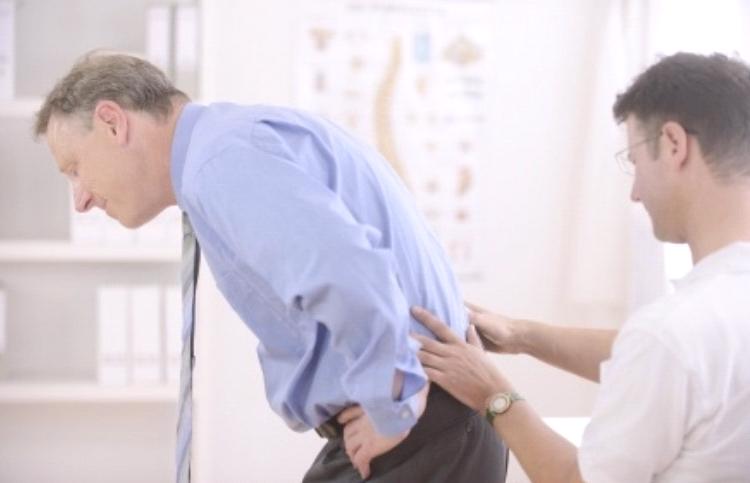 There are several causes of sciatica, which is identified as a painful condition which occurs from soreness or pain that travels from your lumbar or lower spine, to your buttock and all the way down your leg. Sciatica only affects one side of your body, but that one side might as well be both sides for all the pain you will experience. Sciatic pain does not discriminate where it chooses to wreak havoc – it might be a tolerable ache, or an excruciating pain. There are ways to try to thwart sciatica and stop it in its tracks, but many times, other medical issues are the underlying cause of the sciatic problems, thus, the malady is not strictly your own doing. For example, although sciatica is believed to originate from prolonged sitting, even the simple act of coughing or sneezing can cause a sciatica sufferer great discomfort. Sometimes (but rarely), the sciatic nerve can be compressed by a tumor, or damaged by a disease such as diabetes, or, it could become pinched, usually by a herniated disc in your spine, or by an overgrowth of bone (bone spur) on your vertebrae.
There are several causes of sciatica, which is identified as a painful condition which occurs from soreness or pain that travels from your lumbar or lower spine, to your buttock and all the way down your leg. Sciatica only affects one side of your body, but that one side might as well be both sides for all the pain you will experience. Sciatic pain does not discriminate where it chooses to wreak havoc – it might be a tolerable ache, or an excruciating pain. There are ways to try to thwart sciatica and stop it in its tracks, but many times, other medical issues are the underlying cause of the sciatic problems, thus, the malady is not strictly your own doing. For example, although sciatica is believed to originate from prolonged sitting, even the simple act of coughing or sneezing can cause a sciatica sufferer great discomfort. Sometimes (but rarely), the sciatic nerve can be compressed by a tumor, or damaged by a disease such as diabetes, or, it could become pinched, usually by a herniated disc in your spine, or by an overgrowth of bone (bone spur) on your vertebrae. The facts are plain and simple – it is not always possible to prevent sciatica, and sadly, the condition may reoccur after the initial bout with it. What you may initially just pass off as sleeping the wrong way, or feeling uncomfortable after taking a long car trip, resulting in not knowing which way to sit due to the pain, may be sciatica. It most cases, sciatica can be relieved in a matter of weeks. But first, you need to pinpoint whether it is sciatica and what the heck is going on, then do consult with a spine specialist pronto, so that you can get on the road to recovery soon.
The facts are plain and simple – it is not always possible to prevent sciatica, and sadly, the condition may reoccur after the initial bout with it. What you may initially just pass off as sleeping the wrong way, or feeling uncomfortable after taking a long car trip, resulting in not knowing which way to sit due to the pain, may be sciatica. It most cases, sciatica can be relieved in a matter of weeks. But first, you need to pinpoint whether it is sciatica and what the heck is going on, then do consult with a spine specialist pronto, so that you can get on the road to recovery soon.